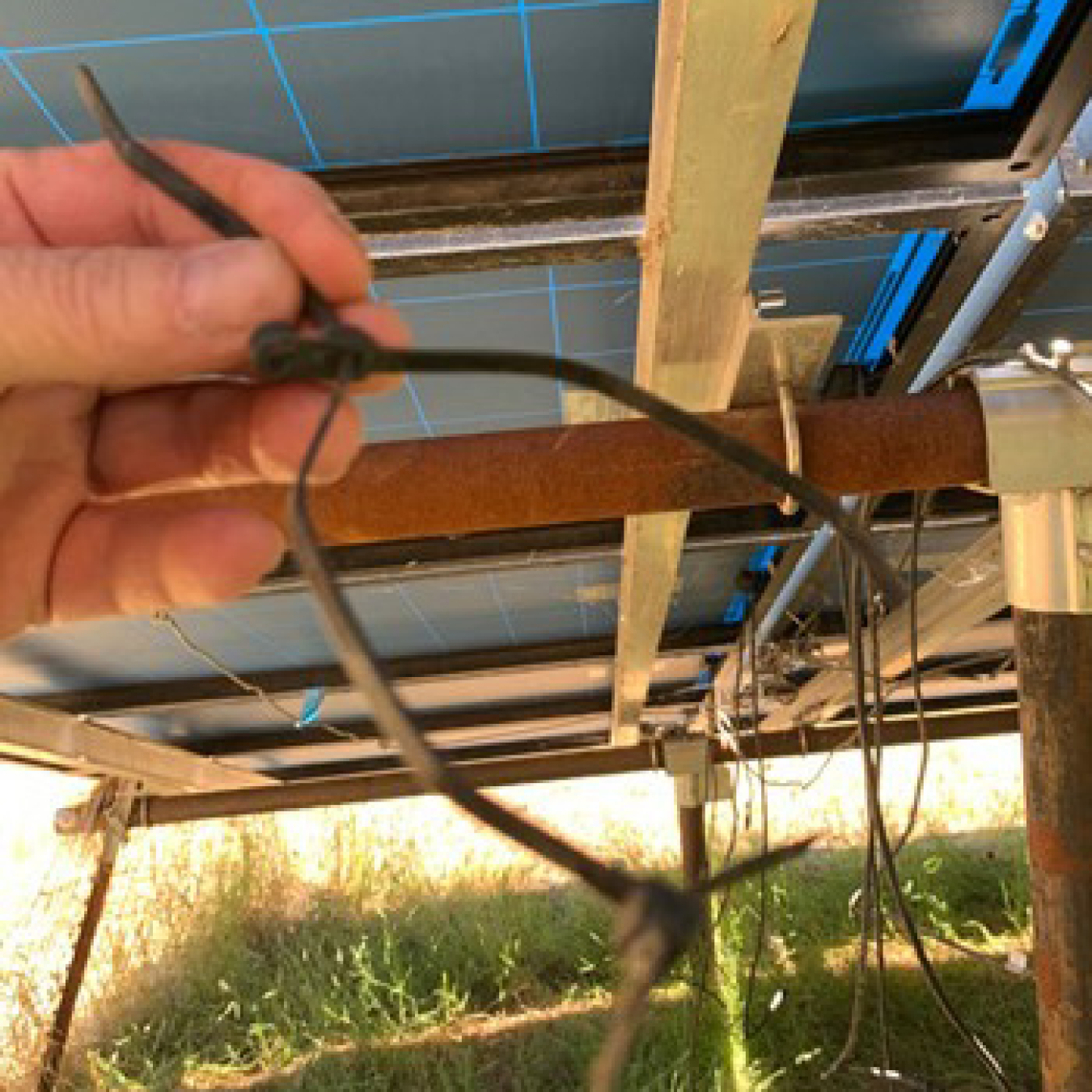Learn best practices for supporting and securing direct current (DC) string wiring in solar photovoltaic (PV) systems, address concerns with plastic ties, and explore alternatives.

Key Concerns With Plastic Cable Ties
Standard plastic wire ties, commonly used in solar PV arrays, often fail prematurely due to heat, ultraviolet (UV) exposure, and chemical reactivity, leading to safety hazards and performance issues. The absence of industry test standards exacerbates this problem.
Effective DC-String Cable Management
Proper management involves routing wires to prevent damage and ensure support. This includes considerations such as cable length, bundling, bend radius limits, and insulation selection.
Impacts of Plastic Cable Tie Failures
Failures can cause electrical faults, power loss, structural damage, and environmental pollution. Slack cables can abrade surfaces, leading to faults and module damage, while failed ties increase replacement costs and risks.
Alternatives to Standard Plastic Cable Ties
Alternatives like metallic clips and hangers, made from materials like stainless steel or polyvinylidene difluoride (PVDF), offer better durability and support. These options can be cost-competitive and enhance the longevity and safety of solar PV systems.
Specifying Durable Cable Ties
Select cable ties based on performance claims and lab testing verification. Consider alternatives to plastic ties to ensure long-term reliability and safety of DC-string cabling.
Learn More
Prioritizing proper cable management practices and specifying high-quality materials will enhance the performance and safety of your solar PV systems.
Review the full report from Lawrence Berkeley National Lab's Building Technologies and Urban Systems Division.

Contact FEMP for assistance with solar PV systems.

